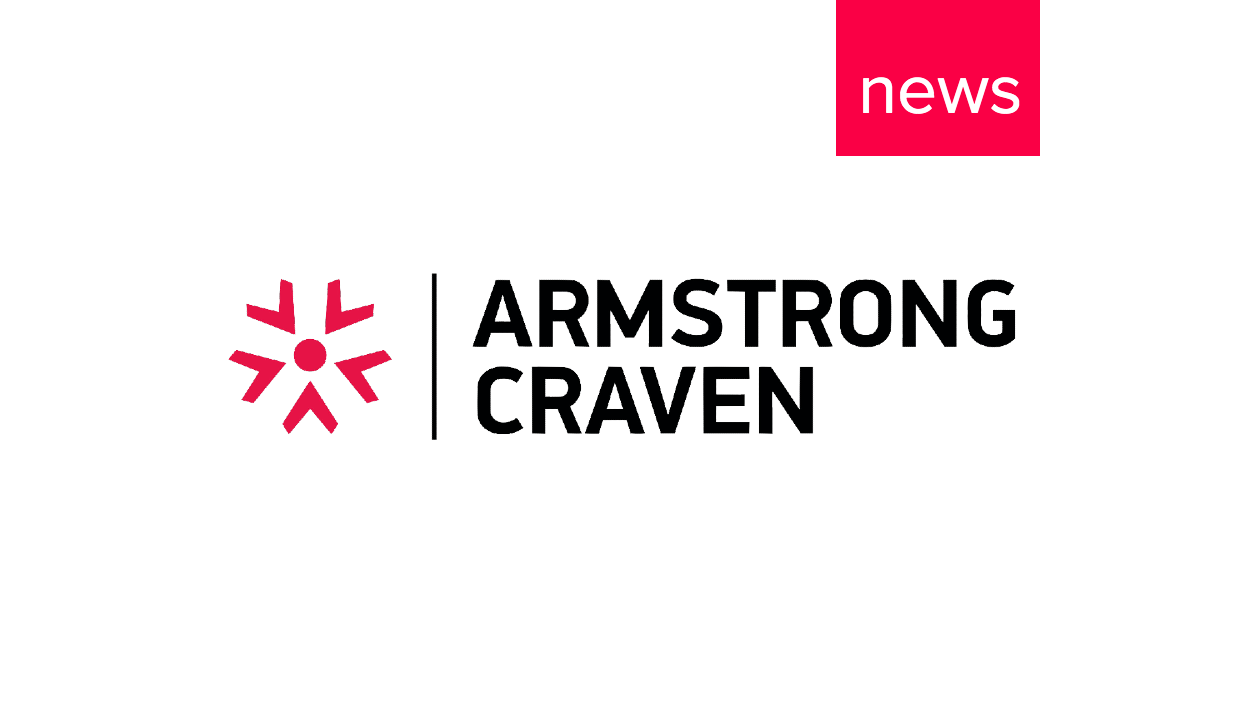The Difference Between Workforce and Work-task Planning
12 July, 2022In partnership with The People Space, Helen discusses the difference between workforce and work-task planning and why you need data to succeed in this new world of work.
What is workforce planning?
So historically workforce planning has been the way forward. You're looking at the performance of the business. You're looking at forecasting, moving into new territories, how the business is going to run, forecasting sales – and then looking to see what talent you're going to need in order to facilitate that growth or transformation. Then setting plans with talent acquisition, talent management and talent development in order to make sure that you've got the people in place in order to achieve your goals and business. That's the workforce part.
What is work-task planning?
In relation to work-task planning, it's a far more agile way of looking at your workforce and the tasks you're wanting to achieve and the goals that the businesses looking to reach. For example, there are certain tasks which really could be done by robotics. That is one of the reasons that you're hearing a lot of talk about robots going to take over the world. They'll never take over the world completely because otherwise, we lose control, and I think everyone's seen i-robot. But if we're talking about work-task planning we could look at a task that needs to be achieved and pull together a team rather than look at the longer-term strategy on how to reach a larger business goal.
You can break that down and look at, okay, what do we need to achieve? And quite often, because we've had such a big digital transformation in the last two, let alone five or 10 years, a lot of the skills that you need as pure experts can't always be found in one person.
So, for example, certain digital skills, normally at a management level you'll say, right, we want to see someone with 10 years' worth of management experience within x, x and x. If you're looking at really niche digital skills and with emerging technologies, that's not necessarily going to be possible.
You are able, with some smart HR analytics and ways of involving a workforce, and looking at contractors and looking at a real hybrid model, to pull together a work team that can achieve those tasks. And they might be experts in certain parts of those skills that you really need. That should also include robotics, AI, some of those repetitive tasks or the tasks that are heavy labour, for example, and that are relatively simple to undertake.
Those can be taken over and passed on to robots, or into AI if it's slightly more machine learning. But that won't negate the need for humans to actually manage those processes and get involved in much more of the strategic thinking and the creative thinking. And that is one way of helping to retain people because you're offering opportunities for individuals within your organisation.
So, for example, Schneider Electric, I know, are utilising a platform which matches individual skills to a task project company-wide and it really offers the opportunity for everyone to get involved – and actively encouraged – to get involved in one or two projects which are outside of their everyday remit. So it's really adding value and enriching the work lives of a lot of their staff.
The role of data
I think there's a shift away from purely workforce planning. It's always going to be required but we need to be much more agile now to be able to pull together project teams, to be able to react swiftly and to be able to be nimble and get ahead of the competition, especially in a digitised world.
In order to do that you need great data. And in order to make sure that you're ahead of the competition you need to get competitor insight. And we do a lot of that for our clients when they're looking to implement a new process or understand what the market is doing and benchmark themselves against the marketplace. We do a lot of that competitor insight work. So anything that can be brought or insight that can be gathered from the external marketplace and presented back, which could give them the competitive edge. That's where they come to us. And it's fascinating undertaking that work.
Then when we're working between talent acquisition and talent management and HR, you have the talent intelligence part, which is all data. It's all feeding into that workforce planning and making sure that you're pipelining talent in order that you've got the talent there ready to hire permanent people when you need to hire them and you already know them and they already know you. It's a much safer hire. But it's switching that around so now going, okay, well what skillsets could we be pipelining that are just in a talent bank, so a bank of freelancers who are particularly skilled in one type of work or one skillset or one emerging technology.
So I think, in order to do that, you need to know where those people are, what they want and how to attract them. And that is data. So if you can feed that back into the organisation, match it up with what you've already got within the organisation, then you can start building those hybrid teams in order to deliver against tasks that the business needs you to undertake in order for them to reach their goals.
At Armstrong Craven, our Insights & Talent Analytics services help you understand the current and future talent landscape, enabling you to assess the current talent challenges and effectively plan and prepare for the workforce of tomorrow. If you want to learn a little more about what we do and how talent research can help you make better-informed business decisions, speak to our team today.






